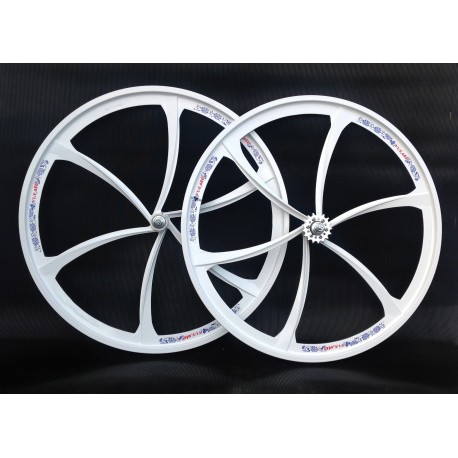Magnesium Alloy Information

Magnesium alloys are given short codes to identify composition by weight. AS41 has 4% Aluminum and 1% Silicon; AZ81 is 7.5% aluminum and 0.7% zinc. Note if aluminum is present, a manganese component is almost always also present at about 0.2% by weight. If Aluminum and Manganese are absent, Zirconium is usually present at about 0.8% for this same purpose.
Codes By Letter
A=Aluminium
B=Bismuth
C=Copper
D=Cadmium
E=Rare earths
F=Iron
H=Thorium
J=Strontium
K=Zirconium
L=Lithium
M=Manganese
N=Nickel
P=Lead
Q=Silver
R=Chromium
S=Silicon
T=Tin
V=Gadolinium
W=Yttrium
X=Calcium
Y=Antimony
Z=Zinc
Magnesium is the lightest structural metal. The machinability of Magnesium alloys is the best of any commercial metal. Cast magnesium alloys are used for many components of modern automobiles, and magnesium block engines have been used in some high-performance vehicles; die-cast magnesium is also used for camera bodies and components in lenses.
Notes:
Magnesium alloys require repeated annealing to be cold worked.
Sharp bending, spinning, or drawing must be done at about 500F to 600F (260-315C).
Sand casting in sand molds, because the magnesium reacts with moisture in the sand, require inhibitors such as sulfur, boric acid, ethyl glycol, or ammonium fluoride are mixed with the damp sand to prevent the reaction.
Magnesium alloys are easily welded by gas or resistance-welding equipment but never to different metals.
Adding 2% of calcium by weight to magnesium alloy AM60 results in the non-combustible magnesium alloy AMCa602.
Most Magnesium alloys require an oxygen-free atmosphere for machining.
Magnesium alloy has a melting temperature of 349-649C (660-1200F).
